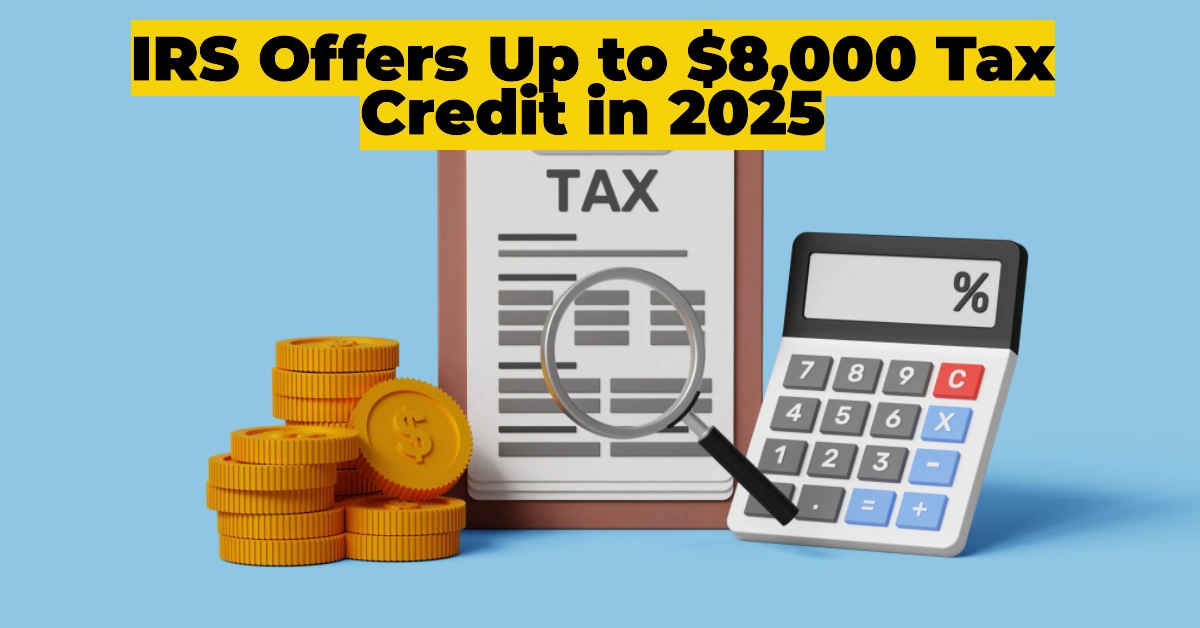The IRS has announced increases to federal income tax brackets and the standard deduction for 2025 to adjust for inflation. These updates, which go into effect on January 1, 2025, could mean more take-home pay in your paycheck or a larger refund when you file your taxes next year.
Table of Contents
By accounting for inflation, these changes help prevent “tax bracket creep,” where inflation pushes your income into a higher tax bracket without increasing your real purchasing power. Here’s a detailed breakdown of the changes, how they work, and what they could mean for your finances in 2025.
How Tax Bracket Changes Impact Your Paycheck
Every year, the IRS raises tax brackets to adjust for inflation. As a result, you may move into a lower bracket even if your income remains the same, which could reduce the amount of tax you owe.
For example:
- If you earned $48,000 in 2024, you’re in the 22% tax bracket.
- In 2025, the same income could fall into the 12% bracket, which means you’ll owe less tax and keep more of your paycheck.
If your income rises in 2025, you might stay in the same bracket or move up slightly, depending on the increase. Either way, the adjustments help keep your taxes in check as inflation erodes the value of each dollar you earn.
Montana’s $675 Property Tax Rebate: Are You Eligible for This Homeowner Benefit?
New $725 California Stimulus Check Announced – Here’s How to Apply and Qualify
$5,180 Monthly Social Security Payment in 2025: Strategies to Maximize COLA Benefits
Social Security Payment Schedule 2025: Key Changes and What They Mean for You
2025 Federal Income Tax Brackets
Below are the new tax brackets for 2025, based on your filing status.
Single Filers
| Taxable Income | Federal Tax Rate |
|---|---|
| $11,925 or less | 10% |
| $11,926 to $48,475 | $1,192.50 + 12% of income over $11,925 |
| $48,476 to $103,350 | $5,578.50 + 22% of income over $48,475 |
| $103,351 to $197,300 | $17,651 + 24% of income over $103,350 |
| $197,301 to $250,525 | $40,199 + 32% of income over $197,300 |
| $250,526 to $626,350 | $57,231 + 35% of income over $250,525 |
| $626,351 or more | $188,769.75 + 37% of income over $626,350 |
Married, Filing Jointly
| Taxable Income | Federal Tax Rate |
|---|---|
| $23,850 or less | 10% |
| $23,851 to $96,950 | $2,385 + 12% of income over $23,850 |
| $96,951 to $206,700 | $11,157 + 22% of income over $96,950 |
| $206,701 to $394,600 | $35,302 + 24% of income over $206,700 |
| $394,601 to $501,050 | $80,398 + 32% of income over $394,600 |
| $501,051 to $751,600 | $114,462 + 35% of income over $501,050 |
| $751,601 or more | $202,154.50 + 37% of income over $751,600 |
Head of Household
| Taxable Income | Federal Tax Rate |
|---|---|
| $17,000 or less | 10% |
| $17,001 to $64,850 | $1,700 + 12% of income over $17,000 |
| $64,851 to $103,350 | $7,442 + 22% of income over $64,850 |
| $103,351 to $197,300 | $15,912 + 24% of income over $103,350 |
| $197,301 to $250,500 | $38,460 + 32% of income over $197,300 |
| $250,501 to $626,350 | $55,484 + 35% of income over $250,500 |
| $626,351 or more | $187,031.50 + 37% of income over $626,350 |
2025 Standard Deduction Increases
The standard deduction has also been raised for 2025 to adjust for inflation. The standard deduction reduces your taxable income and is used by most taxpayers who don’t itemize deductions.
| Filing Status | 2024 | 2025 |
|---|---|---|
| Single or Married, Filing Separately | $14,600 | $15,000 |
| Married, Filing Jointly | $29,200 | $30,000 |
| Head of Household | $21,900 | $22,500 |
For example, if you’re single and earn $50,000, the standard deduction reduces your taxable income to $35,000 in 2025. This helps lower the amount of tax you owe or increases your potential refund.
Additional 2025 Tax Changes That Could Benefit You
- Earned Income Tax Credit (EITC):
- The maximum credit has increased to $8,046 for families with three or more qualifying children, providing extra relief for low- to moderate-income earners.
- Social Security Cost-of-Living Adjustment (COLA):
- If you collect Social Security, you’ll receive a 2.5% increase in 2025 to keep up with inflation.
- Other Adjustments:
- The Foreign Earned Income Exclusion, estate tax exclusions, annual gift tax exclusions, and adoption credits have all increased, providing more savings opportunities for taxpayers in specific situations.
What These Changes Mean for You
The 2025 tax bracket and deduction updates are designed to keep inflation from eroding your income. Key takeaways include:
- Lower tax brackets could reduce the amount of tax withheld from your paycheck.
- A higher standard deduction means more of your income is protected from taxes.
- Additional credits and adjustments provide extra opportunities to save.
While these changes can boost your take-home pay or refund, strategic tax planning can help you maximize these benefits.
Final Thoughts
The IRS’s tax updates for 2025 offer some relief for taxpayers by reducing their overall tax burden in response to inflation. Whether you’re an employee or self-employed, understanding these changes can help you take home more money, save for future goals, or secure a bigger refund next year. Stay informed and plan ahead to make the most of these adjustments!










